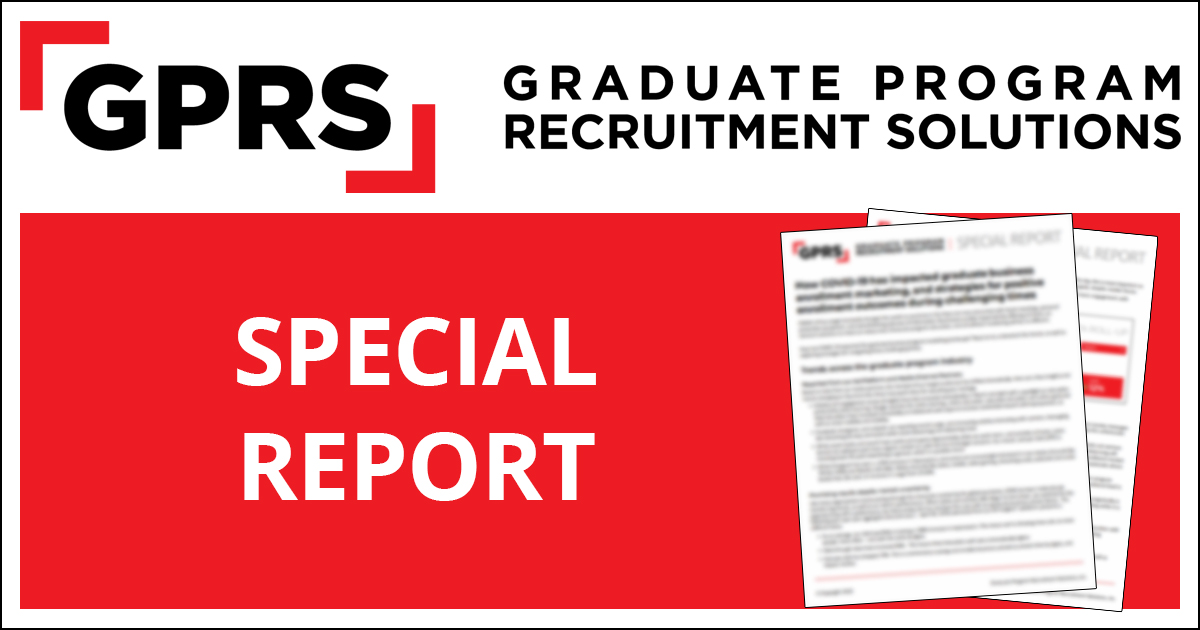Why mobile is the way to go during the COVID era
 When was the last time you put your phone down? Have you recently made it through a day only to have a sharp pain in your neck from looking down at your mobile device to text, FaceTime, check emails or browse the news? Have you ever been on a Zoom call while also scrolling through your phone at the same time?
When was the last time you put your phone down? Have you recently made it through a day only to have a sharp pain in your neck from looking down at your mobile device to text, FaceTime, check emails or browse the news? Have you ever been on a Zoom call while also scrolling through your phone at the same time?
You’re not alone – a recent study shows that 39% of people have been using their phones more during COVID-19 and that 54% are relying more on WiFi.
Although you may have used your mobile devices a lot before the COVID-19 pandemic, the amount you are using them now may have exponentially increased. Here are some reasons:
- You’re working from home, but you’re not forced to put your phone down for in-person interactions.
- You have free time between virtual meetings or conference calls, but don’t have enough time to take a walk or grab a snack, so you might pick up your phone for a few minutes and check social media.
- If you’re a parent or caregiver, you may be using children’s learning apps.
- You may be using your phone more to order food, have work calls, check your email and stay in touch with friends and family.
As the COVID-19 pandemic drags on, mobile usage will continue to rise as people use phones and tablets for everything from ordering groceries, attending telehealth appointments, hosting virtual happy hours, ordering takeout and even using contactless payment apps when venturing out.
With all of these things in mind, think about how your prospects are consuming media right now – you may need to adjust the way you are communicating and offering information to them to keep them engaged and focused on furthering their education.
The data on increased mobile usage
A recent study done by Valassis, a leading marketing data and research firm, shows that people are modifying their online behaviors:
- Usage is up during working hours, showing reliance on both smartphones and desktops.
- Mobile usage is more prominent in web browsers than apps.
- Consumers are seeking more serious topics like finance, the economy and healthcare, while cutting back on entertainment.
- People are focusing on books and news, electronics and food as they are at home more.
- Consumers are seeking a normal routine.
There’s no better time for the higher ed industry to connect with prospects who are seeking a sense of normalcy. Schools can use this data to modify their communications as they shift largely toward a mobile-first mentality.
Ways to go mobile
As you evaluate your marketing strategy, you may find ways that you can optimize your marketing budget with cost-effective solutions that target your prospects directly.
Choosing the right digital advertising platforms has never been so important. As consumers are shifting more toward a mobile mentality, you’ll want to examine your advertising strategies that are intended to target specific prospects on social media like Facebook and LinkedIn as well as Google Ads. You’ve got a captive audience so using your platform to connect with prospects on an emotional level can go a long way.
Optimize your website for SEO. When keywords are done right, you can increase the quantity and quality of organic (unpaid) traffic to your site. Be sure that you are constantly updating your keywords and website content with COVID-specific terms and questions that relate to what your prospects are asking about in the current landscape. This will boost your visibility while at the same time reassuring your prospects that you are focused on them and their needs. Also be sure that your website is mobile optimized and can be viewed consistently in a variety of browsing capacities.
Continue hosting (and marketing) virtual events that can be attended from a phone, tablet or desktop. Leading up to your final application deadlines it’s important to meet your prospects where they feel comfortable. Providing alternatives to meet online to get their questions answered can provide a sense of safety and give them the confidence they need to make decisions.
As you navigate this time of uncertainty, don’t hesitate to lean on partners who have experience in developing mobile messaging in the higher ed industry. GPRS can help you evaluate the industry trends, quickly shift your digital advertising and brainstorm ways to pivot your messaging to connect with prospects as their media habits are changing.

 As many schools are finalizing their incoming class rosters for the Fall, several questions are looming for prospects, admissions staff, faculty and administration alike. As part of the admissions process, you’ve likely been trying to
As many schools are finalizing their incoming class rosters for the Fall, several questions are looming for prospects, admissions staff, faculty and administration alike. As part of the admissions process, you’ve likely been trying to  According to Amazon CEO Jeff Bezos, “Branding is what people say about you when you’re not in the room.”
According to Amazon CEO Jeff Bezos, “Branding is what people say about you when you’re not in the room.” When COVID-19 upended the higher ed industry, executive education received a great opportunity on a silver platter. With people at home, conferences being cancelled and more time for professional development, schools offering online learning are successfully finding ways to make up for lost income in other areas.
When COVID-19 upended the higher ed industry, executive education received a great opportunity on a silver platter. With people at home, conferences being cancelled and more time for professional development, schools offering online learning are successfully finding ways to make up for lost income in other areas.  On any given day, your prospects are facing many barriers in the decision-making process of pursuing a graduate program. And now, with the market uncertainty COVID-19 has created, there are even more weighty questions surrounding their ability to experience your campus and gain networking and internship opportunities.
On any given day, your prospects are facing many barriers in the decision-making process of pursuing a graduate program. And now, with the market uncertainty COVID-19 has created, there are even more weighty questions surrounding their ability to experience your campus and gain networking and internship opportunities. Like many organizations maneuvering through the intricacies created by the global pandemic, GPRS has been meticulously monitoring graduate program trends, performance data, media impressions and the overall health of the higher ed market. You may be surprised to learn that even in a time of great uncertainty, graduate business programs are experiencing greater engagement with their digital advertising, as well as increased inquiries. What are the secrets for the schools that are thriving rather than simply surviving? Read on for a special report that compiles aggregate data from across our portfolio of business school clients – and sparks ideas to shift your school’s strategies and goals as you navigate the “next” normal.
Like many organizations maneuvering through the intricacies created by the global pandemic, GPRS has been meticulously monitoring graduate program trends, performance data, media impressions and the overall health of the higher ed market. You may be surprised to learn that even in a time of great uncertainty, graduate business programs are experiencing greater engagement with their digital advertising, as well as increased inquiries. What are the secrets for the schools that are thriving rather than simply surviving? Read on for a special report that compiles aggregate data from across our portfolio of business school clients – and sparks ideas to shift your school’s strategies and goals as you navigate the “next” normal. As you are settling into the “new normal” that many graduate schools are facing, you are most likely still dealing with the shockwaves that COVID-19 and its impact have created for your institution, the economy and even the mental state of your team, your current students and your prospects.
As you are settling into the “new normal” that many graduate schools are facing, you are most likely still dealing with the shockwaves that COVID-19 and its impact have created for your institution, the economy and even the mental state of your team, your current students and your prospects. You don’t have to be intimidated by podcasts. In fact, creating them and leveraging them may be easier than you think. Read on for some tips on developing this unique and sustainable form of content to add to your school’s marketing strategy.
You don’t have to be intimidated by podcasts. In fact, creating them and leveraging them may be easier than you think. Read on for some tips on developing this unique and sustainable form of content to add to your school’s marketing strategy. Every graduate program claims to have rigorous academics, highly regarded faculty and fantastic employment or advancement opportunities. But how do you prove that your institution is worth the investment and that students can anticipate the success they’re seeking? This is where the stories of the students who have benefited from your program and have gone on to do great things can help your digital strategy. Prospects want to see real people that they can relate to and stats that predict desirable future outcomes.
Every graduate program claims to have rigorous academics, highly regarded faculty and fantastic employment or advancement opportunities. But how do you prove that your institution is worth the investment and that students can anticipate the success they’re seeking? This is where the stories of the students who have benefited from your program and have gone on to do great things can help your digital strategy. Prospects want to see real people that they can relate to and stats that predict desirable future outcomes. Thinking to the future can be overwhelming at the moment, especially when everything is a big question mark. Although you can’t predict what’s coming next for our country during the COVID-19 health crisis, it’s important to continue work on your recruiting and enrollment plans so you will be positioned for success when everything normalizes. Here are some ways to keep an eye on recruiting and enrollment even though your plans are currently being altered.
Thinking to the future can be overwhelming at the moment, especially when everything is a big question mark. Although you can’t predict what’s coming next for our country during the COVID-19 health crisis, it’s important to continue work on your recruiting and enrollment plans so you will be positioned for success when everything normalizes. Here are some ways to keep an eye on recruiting and enrollment even though your plans are currently being altered.
